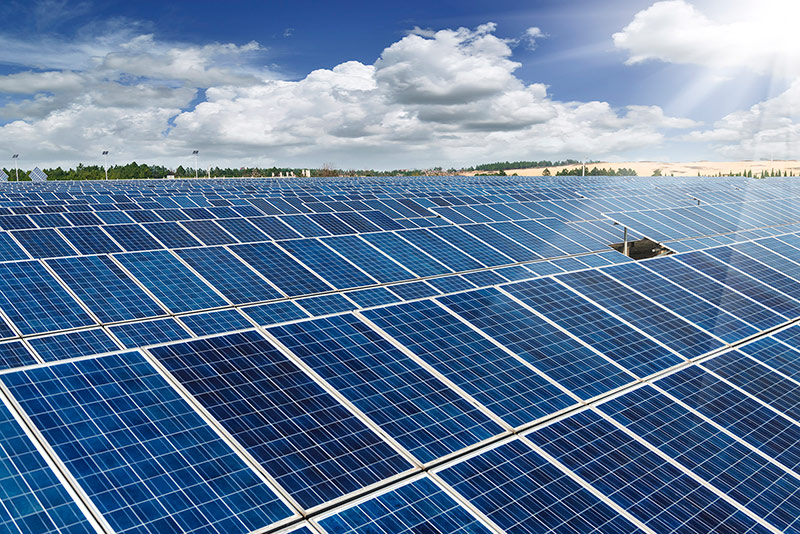China shows how much cheaper solar is than coal
Mondragon Assembly has one of its main world headquarters in China, from where we deploy all the technology and infrastructure necessary for the execution of projects based on the production of 100% renewable photovoltaic energy.
A mix of higher operating costs and ageing coal assets – plus historically generous solar tariffs – meant the utility banked more profit from the 1.53 TWh of solar electricity it sold in the first half than it did from 25.9 TWh of coal-fired power.
Coal may still be king when it comes to revenue generated from the sale of electricity by power giant China Power, but the attractive economics of solar have been illustrated in the utility’s first half figures.
The Hong Kong listed power company – which is owned by Chinese state-owned State Power Investment Corp Ltd – generated revenue of RMB8.48 billion ($1.18 billion) from coal-fired electricity from January to June, versus just RMB924 million from solar. However, those figures translated into a six-month profit of RMB290 million from China Power’s PV operations, outstripping the RMB259 million generated from its coal plants.
The devil is in the detail, in this case a combination of the prohibitive costs associated with coal plants and the generous subsidy level awarded solar electricity, ahead of the push for grid parity outlined by Beijing this year.
The figures published by China Power International Development Ltd on Thursday showed the company incurred capital expenditure of RMB2.78 billion for its coal plants and only RMB699 million for its solar operations, even though 474.4 MW of new PV capacity was added during the period.

The cost of coal
Coal brought finance costs of RMB579 million with PV finance costing 254 million and bringing in finance income of RMB28.9 million, versus coal’s RMB6.9 million. Whereas the utility’s PV arm benefited from an income tax credit of RMB1.5 million, the coal unit had to pay a RMB171 million bill.
Depreciation of its coal assets cost China Power an estimated RMB915 million during the first six months of the year whereas only RMB276 million was wiped off the value of ageing PV projects. The long-term amortization payments of solar project development may have cost the PV operation RMB22.7 million but that was partly compensated for by an absence of losses on the disposal of plant and equipment. China Power lost RMB9.74 million on coal equipment it shuttered.
And whereas PV operations recognized a RMB196,000 gain on receivables for impairment purposes, the power company’s coal assets suffered a RMB5 million reversal.
Throw in an average solar electricity tariff of RMB602.46/MWh sold versus coal income of just RMB327.52 and difference between revenue and profits recorded by the two technologies is explained.
Grid parity threatens margins
That tariff income, of course, is set to fall further for PV projects after Beijing’s decision to rein in public solar subsidies. The average tariff for solar has already fallen RMB103.75/MWh compared with the same period of last year while the price of coal-fired power rose marginally. The China Power figures acknowledge the need to double down on costs to maintain profits from grid parity solar. The company has made a high-profile start down that path, by securing approval for China’s largest grid parity demonstration project: the 500 MW Liaoning Chaoyang facility, albeit secured with unspecified “land lease incentives”.
China Power is moving in the right direction with its power mix as PV contributed 16.06% of its net profits in the first half, compared to the 4.86% that came from its coal assets.
However, that solar figure had fallen from a 30.71% slice in the same period of 2018 and it was hydropower that was the dominant force this time around, thanks to markedly increased rainfall. Hydro accounted for 71.65% of the utility’s profits during the period.
